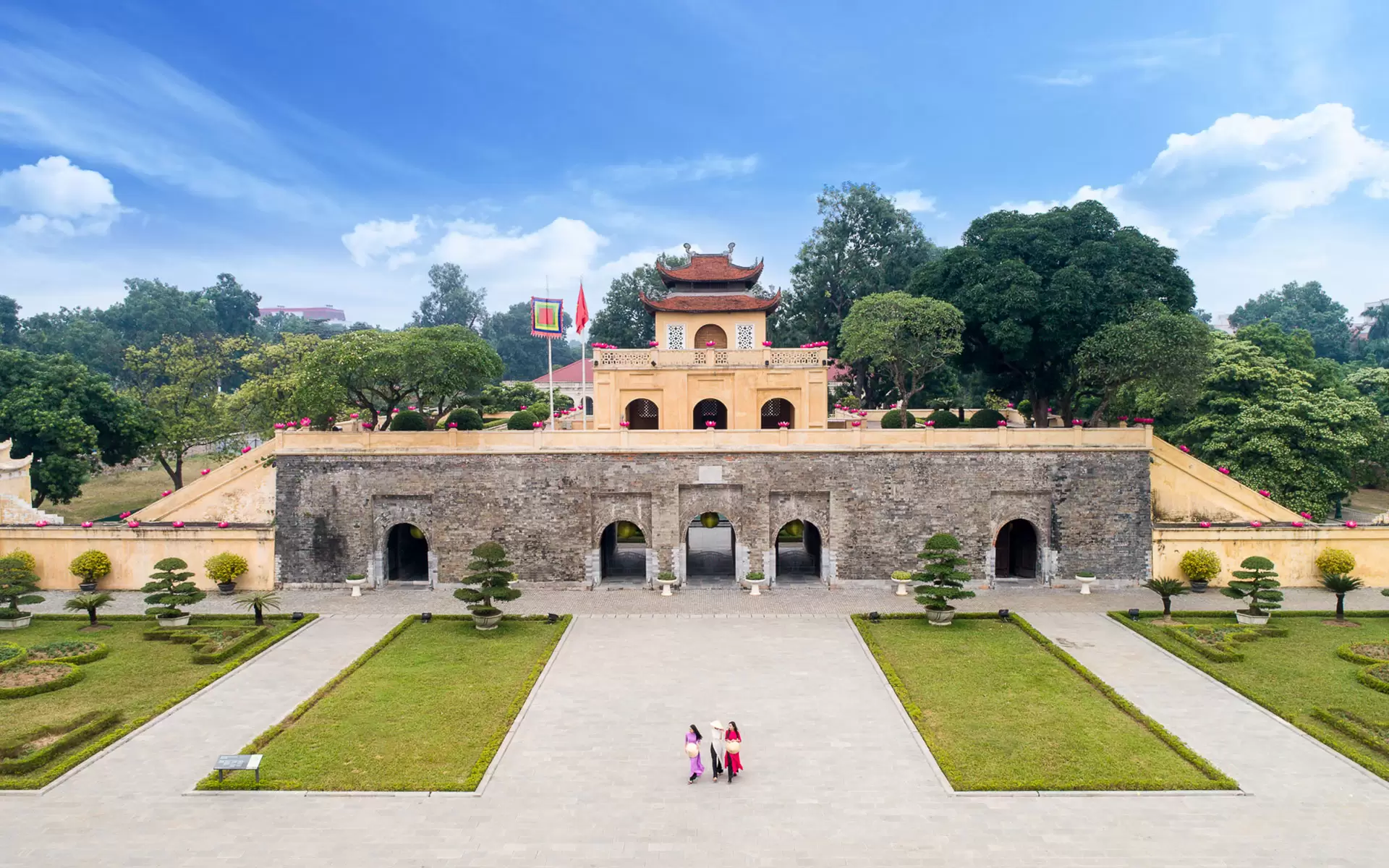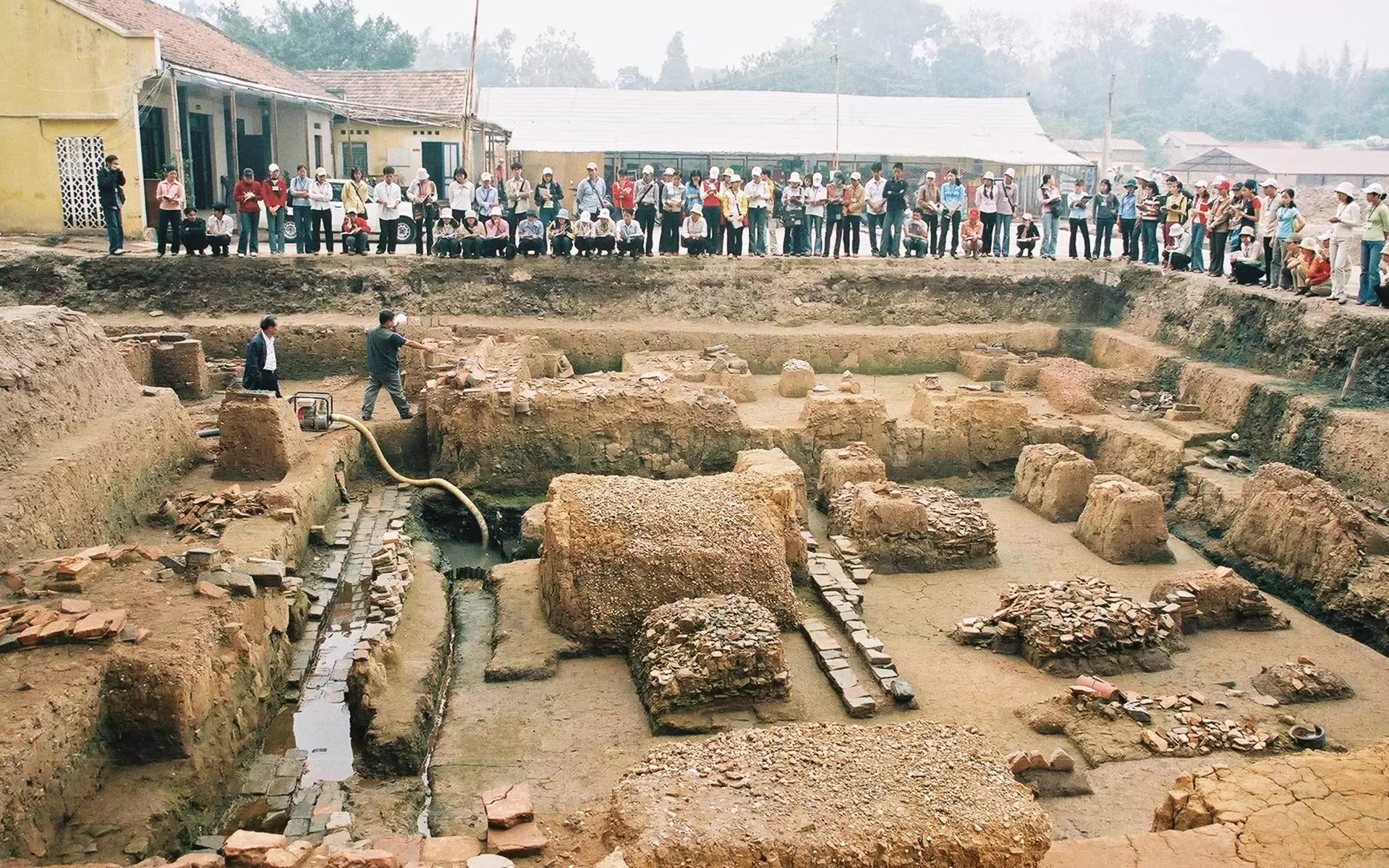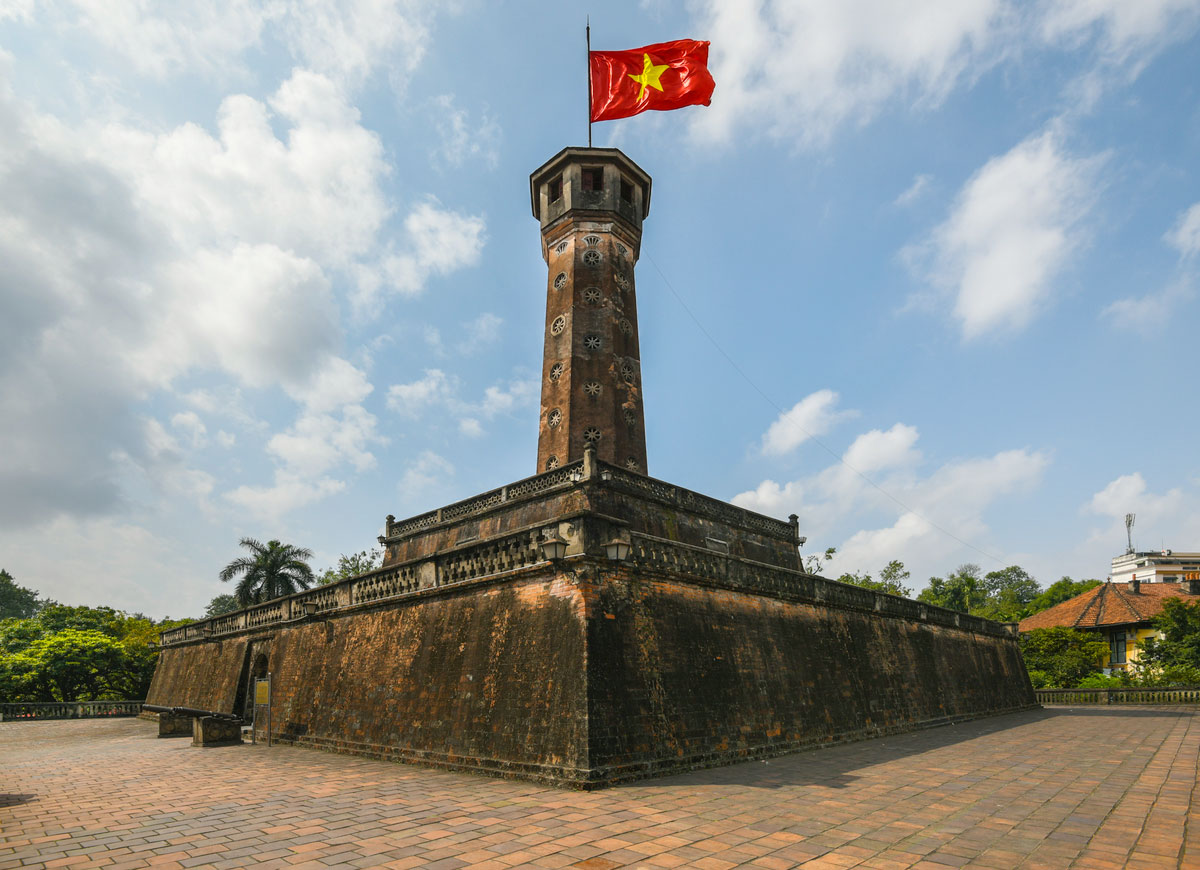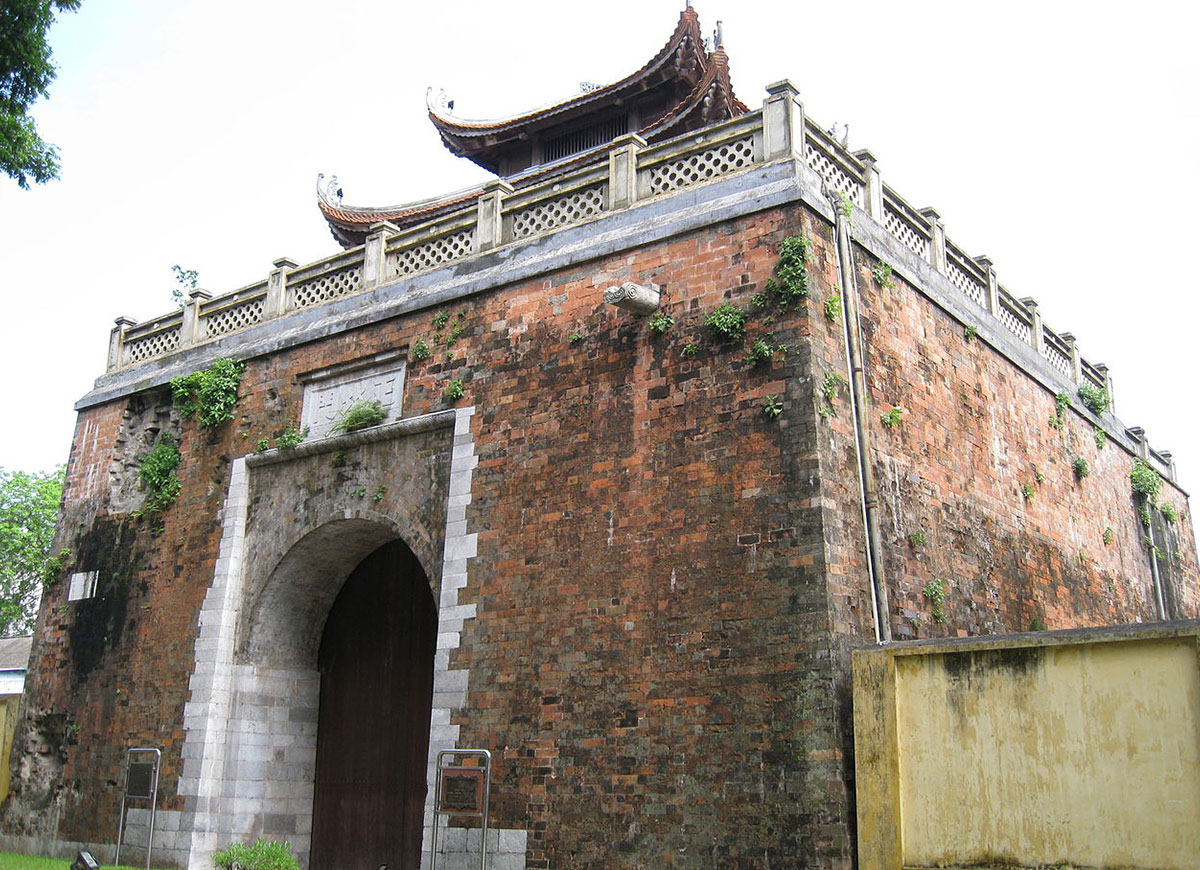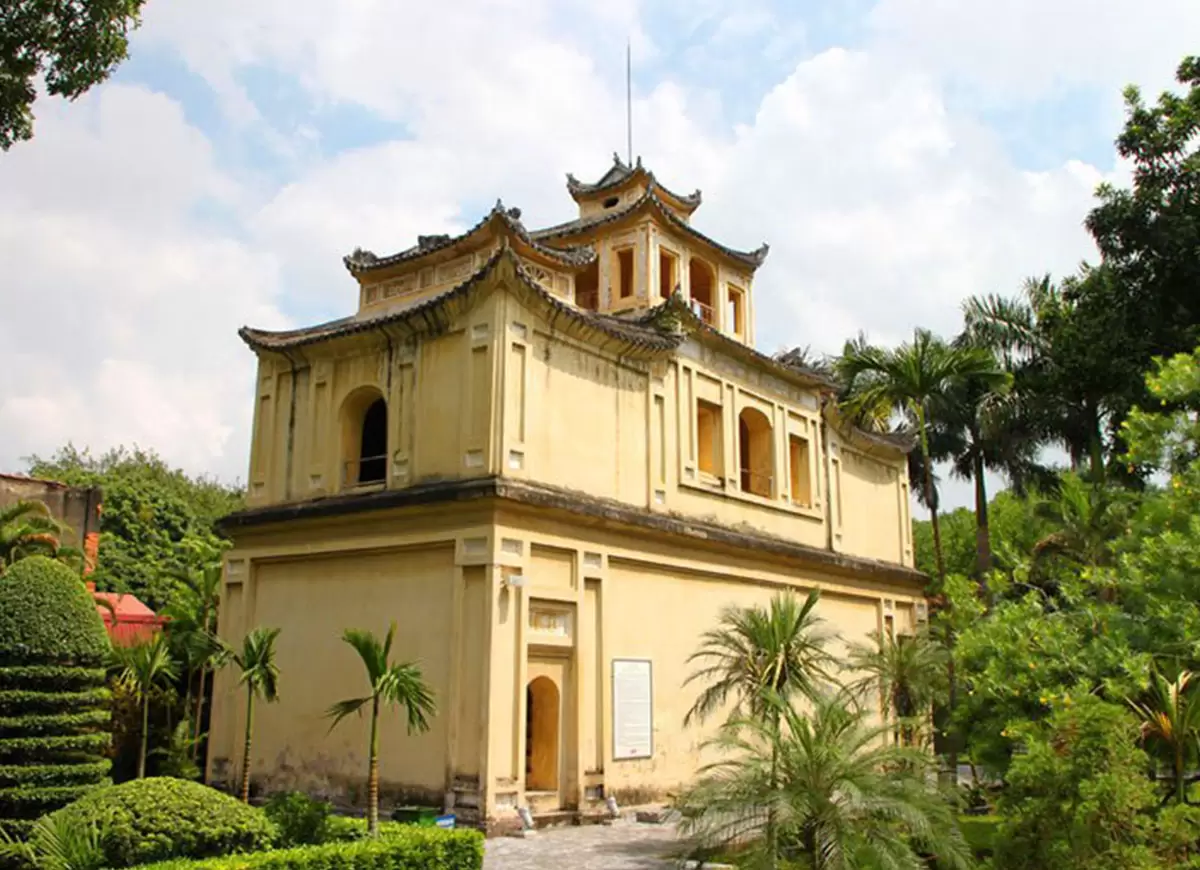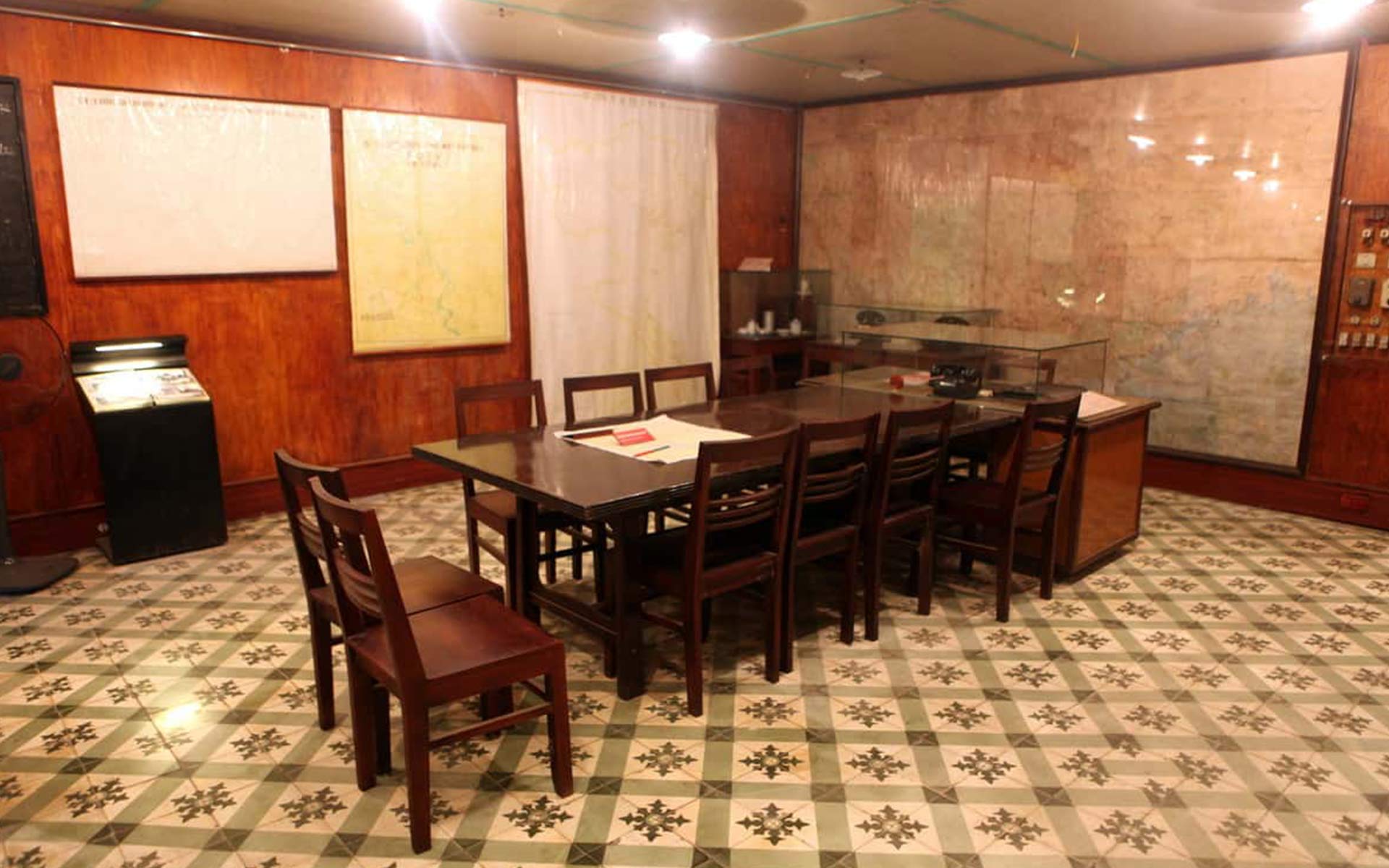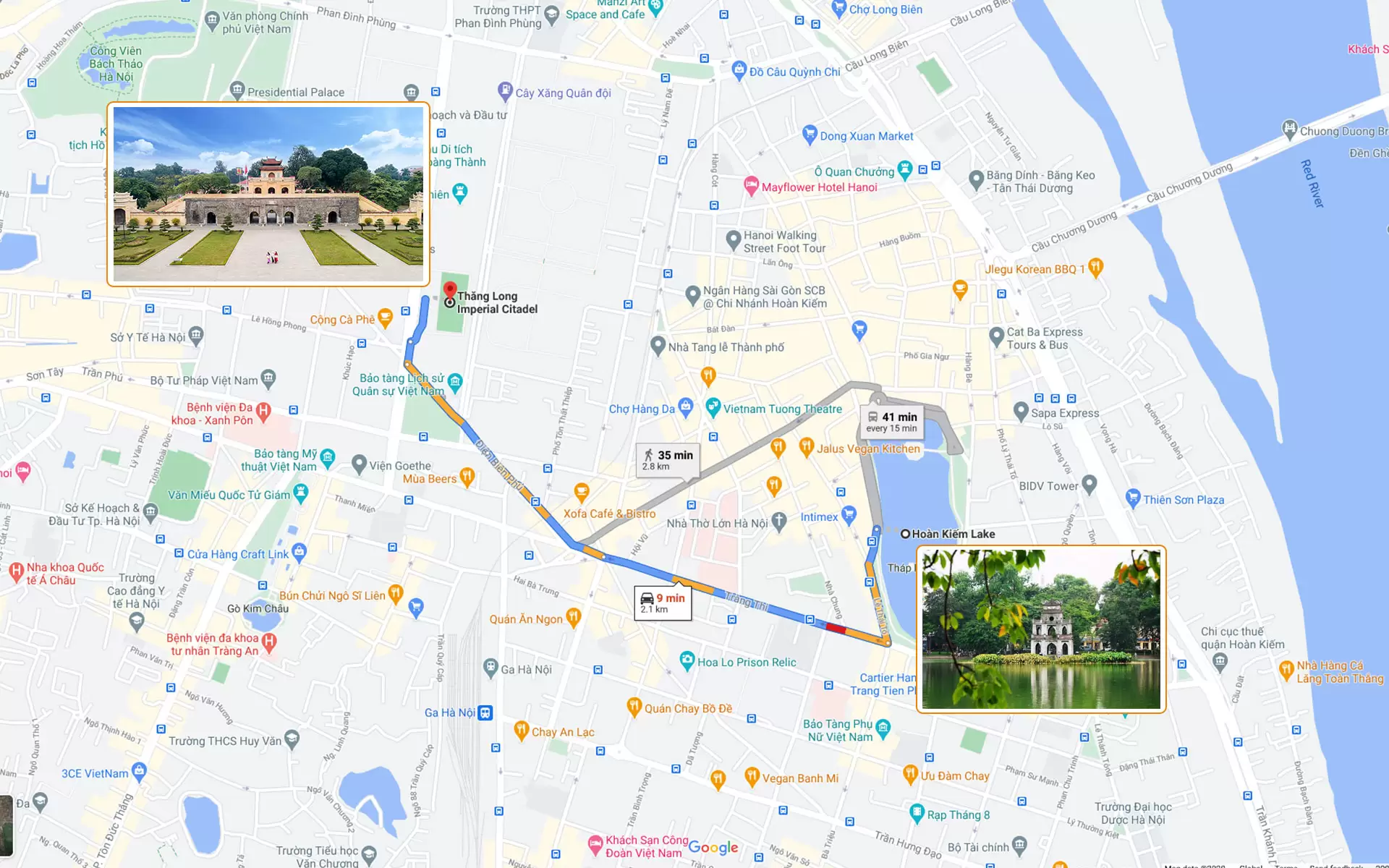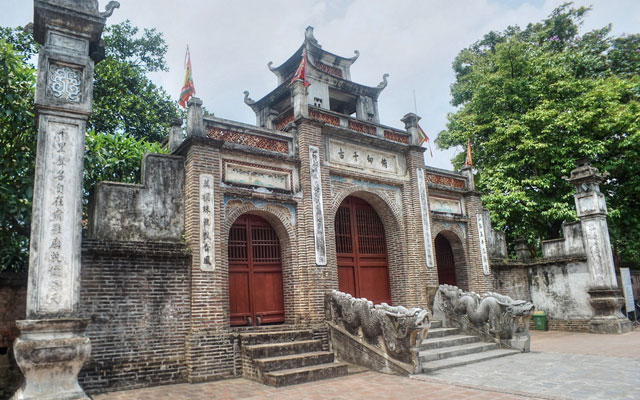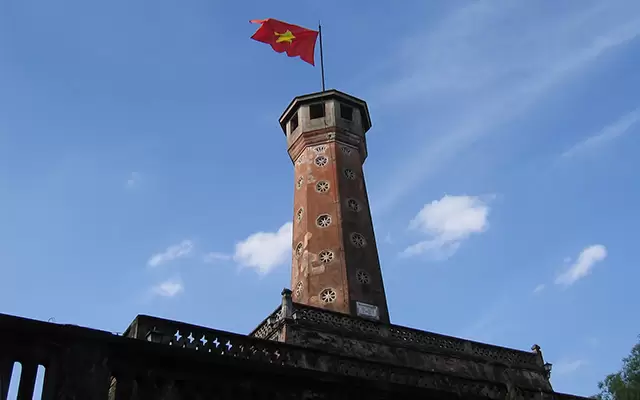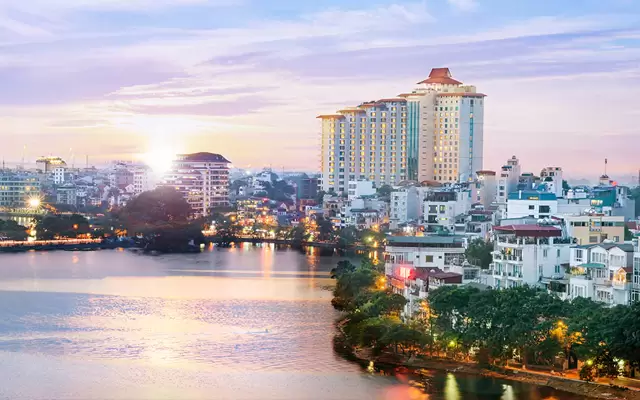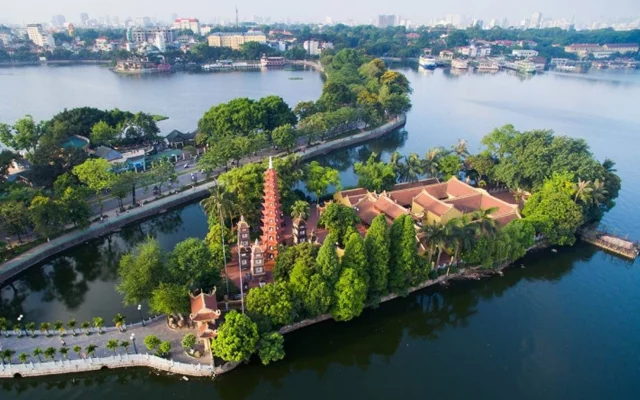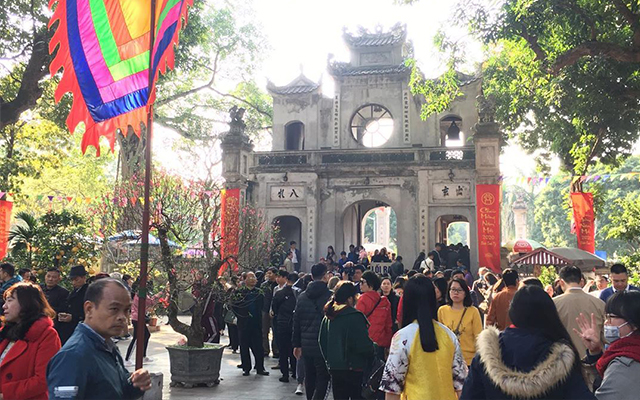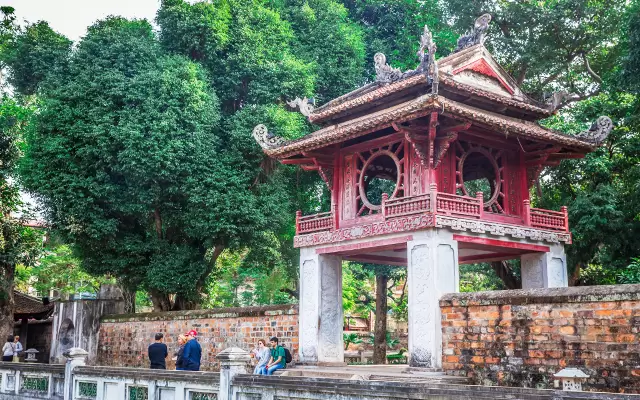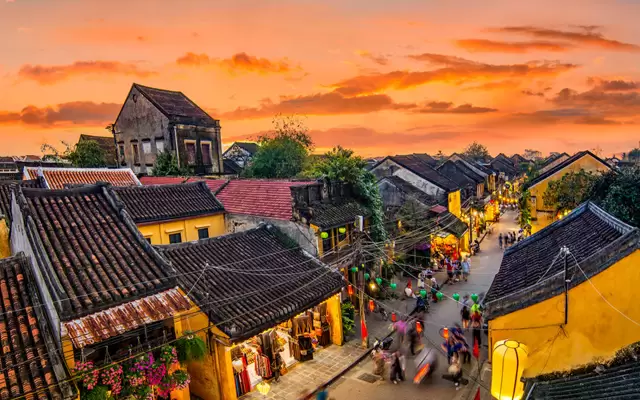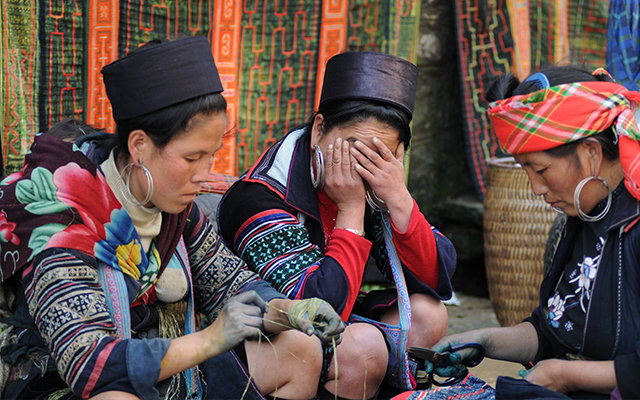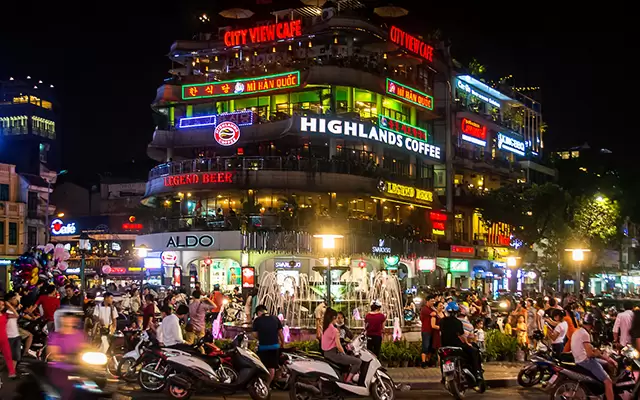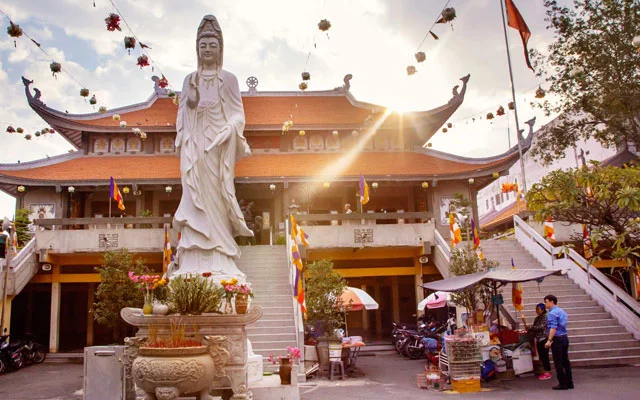Imperial Citadel of Thang Long – All you want to know
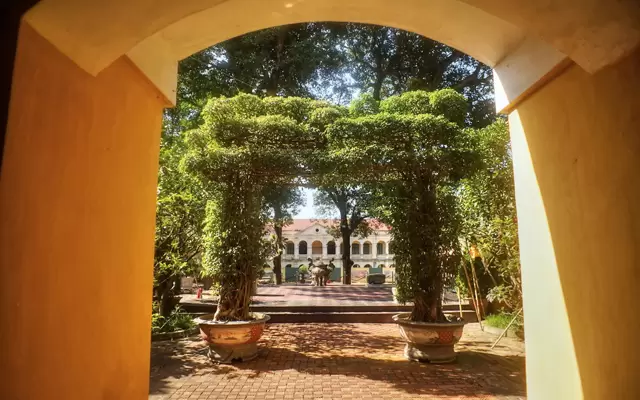
Hanoi is a city of history and heart. And the Imperial Citadel of Thang Long, also known as Hanoi Citadel (Vietnamese: Hoang Thanh Thang Long), has played a very important role in Vietnam history. Situated in the heart of Hanoi, the relic has its outstanding Universal Values which reflected its historical longevity, its continuous role as a seat of power, and its multiple cultural layers. In 2010, with the celebration of Hanoi millennial anniversary, the Central Sector of the Imperial Citadel of Thang Long was listed in UNESCO’s World Heritage Site. Hanoi is our home, so we will give you helpful tips and walk you through the Thang Long Imperial Citadel…
Table of Contents
- 1. From the century archaeological excavation in December 2002
- 2. Back to the History
- 2.1. The rise and fall of Tong Binh before Thang Long time
- 2.2. Thang Long Imperial City under Ly Dynasty (1009 – 1225).
- 2.3. Thang Long Imperial City under Tran Dynasty (1226 – 1400).
- 2.4. Early Le dynasty (1428 – 1527), the period of Mac (1527 – 1592), Le Dynasty (1593 – 1789) and Tay Son Dynasty (1778 – 1802)
- 2.5. Thang Long – Hanoi under Nguyen Dynasty (1802 – 1945).
- 2.6. Thang Long from late 19th century to present.
- 3. Relics
- 4. Dress code
- 5. Getting here
1. From the century archaeological excavation in December 2002
When the location of Thang Long Imperial Citadel remained one of the most controversial mysteries until late 90s, this became an ambition for Vietnamese historical researchers to discover the truth. Approved by Government, an excavation was conducted in 17 December 2002 at 18 Hoang Dieu Street, starting from the area of 2,000m2 up to nearly 20,000m2. It was great result when historical traces of Thang Long Imperial Citadel spanning 13 centuries were slowly appeared. With the overlapping of cultural layers, it clearly showed us the historical longevity not only with theories but the live evidences as well.
2. Back to the History
Starting from the pre-Thang Long period (An Nam Do 7th century) through the Dinh – Tien Le period, thriving under the Ly, Tran, Le and Hanoi cities under the Nguyen Dynasty, this is a huge architectural work, built by kings during many historical periods. This is why the Imperial citadel of Thang Long becoming one of the most important relics in the system of Vietnamese relics.
2.1. The rise and fall of Tong Binh before Thang Long time
Under Kings Hung Vuong era (about the 6th – 7th century BC), Hanoi residents focused on the banks of To Lich River (or called Bon Do or Long Do Commune or To Lich Village). This was a place with “rolling dragon, squatting tiger” position, and later was chosen to become the capital by King Ly Cong Uan in 1010.
After the invasion by Trieu Da in 207, To Lich Village is under the rule of the Northern empire for a thousand years. Hanoi was upgraded to a district, i.e. Tong Binh Urban District from Hieu Vu De of the Luu Tong Dynasty.
– In 544, Ly Bi revolted against the yoke of the Northern domination, i.e. Liang Dynasty and crowned himself emperor, took the title of South Viet Emperor (also known as Ly Nam De). This was the first time, Hanoi built citadels, ramparts and became the political center of an independent state.
– In 602, Tong Binh was set up as the metropolis of Annam colonial government by The Sui Dynasty.
– In 866, the Tang General Cao Bien was sent to marshal Tong Binh and renamed it Dai La.
– In 905, Dai La was set as the headquarters by Khuc Thua Du.
– In 930, Dai La Citadel was controlled by Nam Han Dynasty.
– In 938, Ngo Quyen defeated the Nam Han troops on Bach Dang River, setting up the capital in Co Loa. Under the Dinh, Early Le Dynasties, the capital of the country was located in Hoa Lu (Ninh Binh) – the homeland of Dinh Bo Linh.
2.2. Thang Long Imperial City under Ly Dynasty (1009 – 1225).
In 1010, King Ly Thai To decided to move the capital from Hoa Lu to Dai La, and renamed it Thang Long . Imperial Citadel of Thang Long was promptly built and finished in early 1011.
– The “Triple-citadel structure” was clearly shaped under the Ly Dynasty.
– The innermost citadel was called Forbidden Citadel for the residence of the king.
– The middle citadel was Imperial Citadel (or Royal Citadel) where the king and court worked.
– Outermost citadel was Dai La Citadel for residence of mandarins, crown prince/princess, royal families and people.
Under the Ly Dynasty, many important constructions were built such as the Temple of Literature, the National College in Thai Ho area, Bao Thien Tower, Bao Thien Pagoda… Buddhism was also prevailing, in the imperial city with many pagodas, including Van Tue, Dien Huu and Ngoc Ho Pagodas built. Thang Long became not only a political, administrative and military center but also a big economic and cultural centre of the country.
2.3. Thang Long Imperial City under Tran Dynasty (1226 – 1400).
Under the Tran Dynasty, the Imperial City was basically not much different from Ly Dynasties with 61 wards, including handicraft, trade and agricultural wards. The Tran Dynasty’s royal family and mandarins also built palaces inside the Imperial City.
In 1243, King Tran Thai Tong renovated the Temple of Literature and set as a place for educating the children of the aristocracy and elites of the country in 1253.
Confucianism was also more respected by the court of Tran Dynasty.
Buddhism was still prevalent, but not in the supreme position as under the Ly Dynasty.
2.4. Early Le dynasty (1428 – 1527), the period of Mac (1527 – 1592), Le Dynasty (1593 – 1789) and Tay Son Dynasty (1778 – 1802)
– In Early Le dynasty (1428-1527), the Citadel was continued to be used and repaired. New architectures were kept on building.
– During the period of Mac (1527-1592) and Le Dynasty (1593-1789), the Imperial Citadel of Thang Long was severely damaged by wars. King Quang Trung in Tay Son Dynasty moved the capital to Phu Xuan (now is Hue).
2.5. Thang Long – Hanoi under Nguyen Dynasty (1802 – 1945).
– In 1802, Nguyen Anh defeated the Tay Son. He ascended the throne, known as Emperor Gia Long, the first king of Nguyen Dynasty. The King later changed Thang Long to Northern Citadel which was entitled to appointment and dismissal of mandarins, trial litigation. King Gia Long ordered to demolish Thang Long Forbidden Citadel and rebuilt a new square citadel, mimicking the French Vauban style, with a deep moat around. The Citadel opens 5 gates to the East, the West, the North, Southwest & Southeast.
– In 1831, a large-scale administrative reform was implemented by King Minh Mang. The Northern Citadel, including Thang Long Imperial Citadel was named Ha Noi Province. The size of citadel was also made shorter to meet the regulations of the province under the reign of King Minh Mang.
– The existence of Hanoi Province was changed when Nguyen Dynasty officially ceded Hanoi to the French in 1888, and Hanoi turned into the city then. So, although Hue was the imperial city, but Thang Long still existed as a large center of politics, culture, economy and society under Nguyen Dynasty.
2.6. Thang Long from late 19th century to present.
In the late 19th century, the royal palaces and edifices were largely destroyed with the upheaval of French conquest of Hanoi. Hanoi was chosen as the capital of the French Indochina Federation and the Imperial Citadel of Thang Long was demolished for the French Army when the entire Indochina was taken over by French. In 1954, the Citadel became the headquarter of the Ministry of Defense.
3. Relics
The World Heritage Site comprises two sections including the archaeological site at 18 Hoang Dieu Street and the remaining central axis of the Citadel of Hanoi including the Flag Tower, Kinh Thien Palace Foundation, the Princess’s Pagoda (Hau Lau), the South Gate, and the North Gate.
3.1 The archaeological site at 18 Hoang Dieu Street.
The appearance of Thang Long seems to remain the impression only on the ground at some outer bulwark’s segments. A large-scale archaeological excavations conducted in the centre of Thang Long Royal Citadel in 2002-2003 revealed a wealth of monuments and relics. A lot of different types of architectural monuments and relics were found with mixed date, overlaying on top of each other over the past 1300 years, although the excavations were just 6% process. It showed us the continuous history development under dynasties in Thang Long, Hanoi. This is a highlight point, contributing to tremendous value and uniqueness of the relics. The site consists of 3 floors and is analyzed & divided into 4 zones, named A, B, C, and D by Archaeological Institute.
– the lower floor which is part of the eastern side of Dai La citadel under the Cao Bien period, the Tang dynasty;
– the upper floor is the Ly and Tran dynasties’ palace, and a central part of the Le dynasty is followed;
– the top is part of the center of Hanoi citadel in the 19th century.
3.2. The central axis of the Citadel of Hanoi.
Hanoi Flag Tower
This is a monument built in 1812, under the Nguyen Dynasty – the last feudal dynasty of Vietnam. The tower is now known as one of the symbols of Hanoi. It is in the southern part of Thang Long Imperial Citadel where Tam Mon Palace under Le Dynasty had been built, marking the beginning point of the southerly central axis, followed by Doan Mon Gate and Kinh Thien Palace – the central and most important point. The Flag Tower includes three-tier basement and a three-storey column and a tower. The truncated square pyramid-shaped storeys are faced with bricks.
More details at https://vietnamtravel.com/hanoi-flag-tower/
Kính Thien Palace
Kinh Thien Palace was built in 1428 under the reign of King Le Thai To and completed under the reign of King Le Thanh Tong. This is the central relic of Thang Long Imperial Citadel where imperial ceremonies and great national affairs were celebrated.
In front of Kinh Thien Palace is Doan Mon Gate, then to Hanoi Flag Tower. Behind is Hau Lau and North Gate. Nowadays, only ruins of steps with granite and palace foundation with 57m long, 41.5, wide and 2.3m high remain. However, this site becomes a “double” relic for the two eras: Kinh Thien Palace of Thang Long ancient imperial citadel and the Headquarter of General Commander of the Vietnam People’s Army as an important relic on modern Vietnamese history.
In the south, the palace foundation still had 100-cm-high handrail corridor. In the front, there was the palace threshold which was built with large slates with 10 steps. The Royal Threshold was formed by 3 alleys which the 4 stone dragons divided the steps into. These steps were 13.7m long, 4.45m wide and 2.1m high with the two stone dragons carved in 1467 which were still relatively intact artifacts.
In the north, there was another threshold of 7 steps which are smaller than the main threshold in the south. The two sides of the threshold included two stone dragons dating King Le Trung Hung’s time (17th – 18th century). The handrails were decorated with lotus, swords, waves, clouds and fire, etc.
Although the foundation and threshold are meager relics of palace architecture under the Le Dynasty that remains to this day, they still partly reflected the grand scale of Kinh Thien Palace in the past.
South Gate or Main Gate (Doan Mon)
Doan Mon is one of the main entrances where only the royal and their relatives could pass through. This monument was built under Le Dynasty and restored in Nguyen Dynasty in the style of ancient city wall with five gates & rolling arches. Materials were mostly made by wooden-hammer bricks – a popular brick type under Le Dynasty and rock were used to build the arch. The distance from the east to west was 47.5 meters and 13m from south to north. The wings were 6 meters high and 26.5 meters wide.
The main door in the middle with 4m high and 2.7 m wide was dedicated to the King. Four smaller doors with 3.8 m high and 2.5 m wide in the both sides were dedicated for mandarins and other royal family members to attend big ceremonies at Kinh Thien Palace.
Two words Doan Mon was carved on the stone plaque mounted above the main door which was 1.5 m long and 0.7 m wide. There were small steps by brick on the two sides leading to the second floor where had an area corresponding to the middle door. A small communal house was built on the roof of the second floor with the style of two-storeys and eight roofs. The two ends of the roof ridge were built with two dragons while the two gables were built with tigers and the four corners of the roof formed four crescent blades.
North Gate (Bac Mon)
North Gate was built by the Nguyen Dynasty in 1805 on the foundation of Northern Gate under Le Dynasty. It is among 2 remaining gates (with South Gate) of the Imperial Citadel of Thang Long in Hanoi nowadays. Its architecture of watch tower gazebo by wooden frames of eight roof style and four doors into four directions, on the wall of 8.71 m height, 17.08m width and with 2.48m walls.
At present, the watch tower gazebo is partly restored to worship two province chiefs of Hanoi Citadel i.e. Nguyen Tri Phuong and Hoang Dieu. They were two heroes who were the leaders against the invasion of the French colonialists in Hanoi in 1873 and 1882.
Two bullet holes caused by the France cannon when they used gunboats to attack Hanoi from Red River in 1882 are now still clearly seen.
Princess Palace (Hau Lau)
Hau Lau was built after the Later Le dynasty and is about 2,392 square meters. This was the residence of the queens and princesses. The palace includes 1 basement and 3 floors above the basement. Tiled roof was made with brick and concrete structure. By end of 19th century, Hau Lau was severely damaged and the French rebuilt the monument as today.
Revolutionary historical heritage House D67
The house D67 was designed and built in 1967 as the Headquarters of the Defense Ministry against US force with a meeting room of the Politburo and Central Military Commission & the working rooms of General Vo Nguyen Giap and General Van Tien Dung. From outside, House D67 is just normal roof house, but the military elements are clear inside with 0.6 m thick walls, sound insulation, two layer doors. There is one layer of sand to prevent rocket and bomb shrapnel on the roof, and the behind corridor is connected with two doors (made of steel plates) down to basements. To easily get out or into the basement in case of problems, the meeting room of the Politburo and Central Military Commission designed with four doors & two doors for the working rooms of the Generals. No recording system, DVR in the room to prevent intrusion.
Being built with sustainable materials such as iron, steel, bricks, sand, cement and situated in a secret and carefully protected area, this is one of few military architectural constructions in the resistance war against the US which is still relatively undamaged.
4. Dress code
Visitors should pay attention to the dress code as an act of respect at historical sites. No hats, shorts, miniskirts, tank-top… are allowed.
5. Getting here
This site is just 2.5 kilometers from Hoan Kiem Lake and within a 20-minute walk. There are also various transports to choose such as bus, taxi or rented motorbike.
For your most comfortable and interesting experience of the visit as well as to better understand the attractions, booking a tour of Hanoi with local guide and private driver is highly recommended. You can combine your visit to this site with some other nearby attractions such as Ho Chi Minh Complex (mornings only except Mondays, Fridays & annual maintenance), Quan Thanh Temple, Tran Quoc Pagoda, Vietnam Military History Museum and the Temple of Literature.
Address: 19C Hoang Dieu street, Ba Dinh District, Hanoi.
Entrance fee: 30,000 VND/ visitor.
Opening time: 8:00am – 17:00pm, closed on Mondays.

